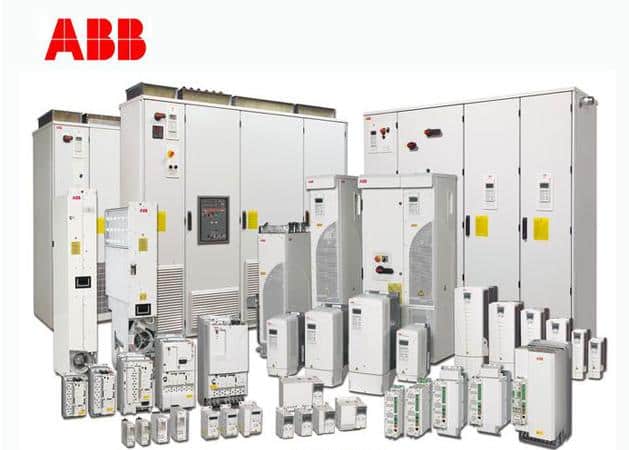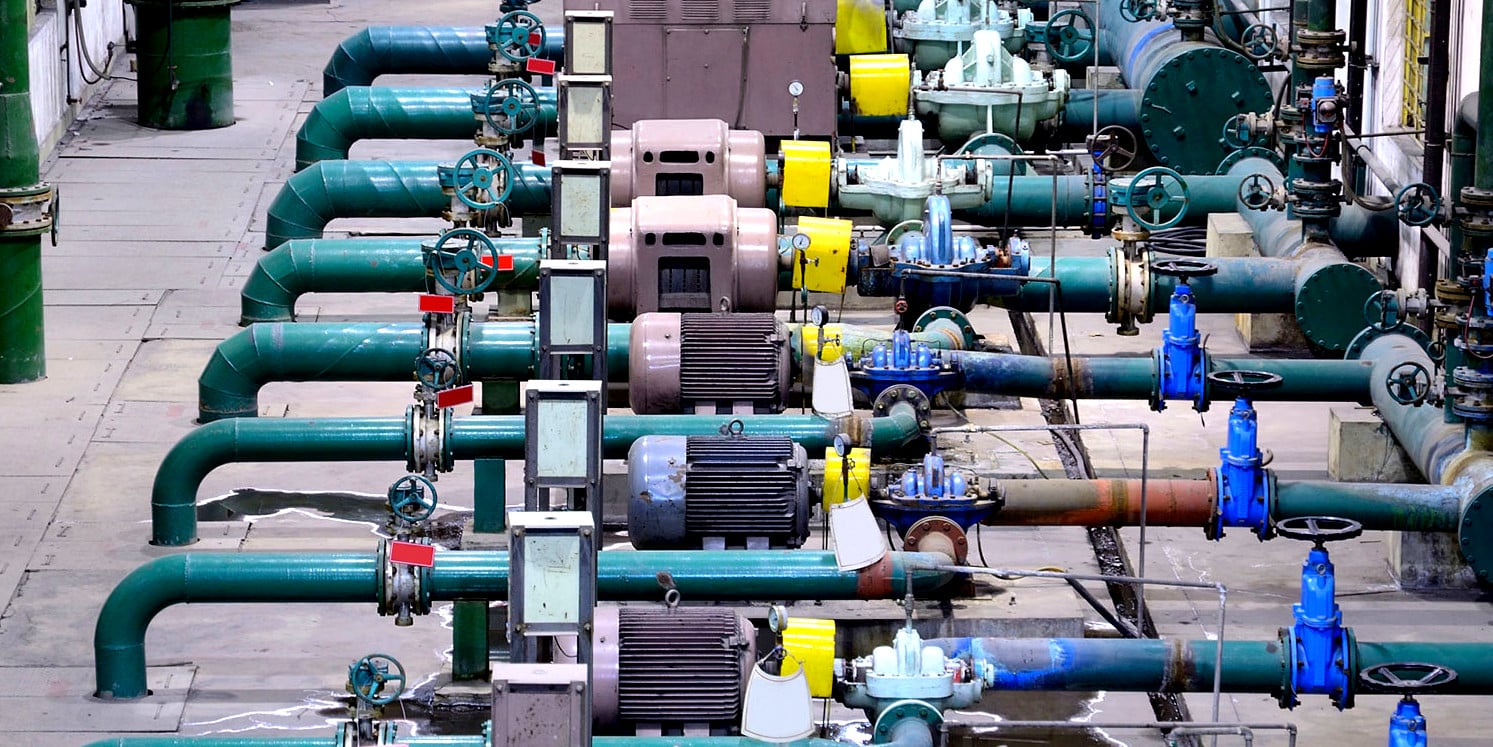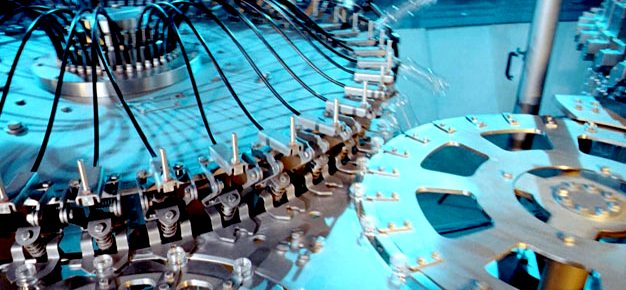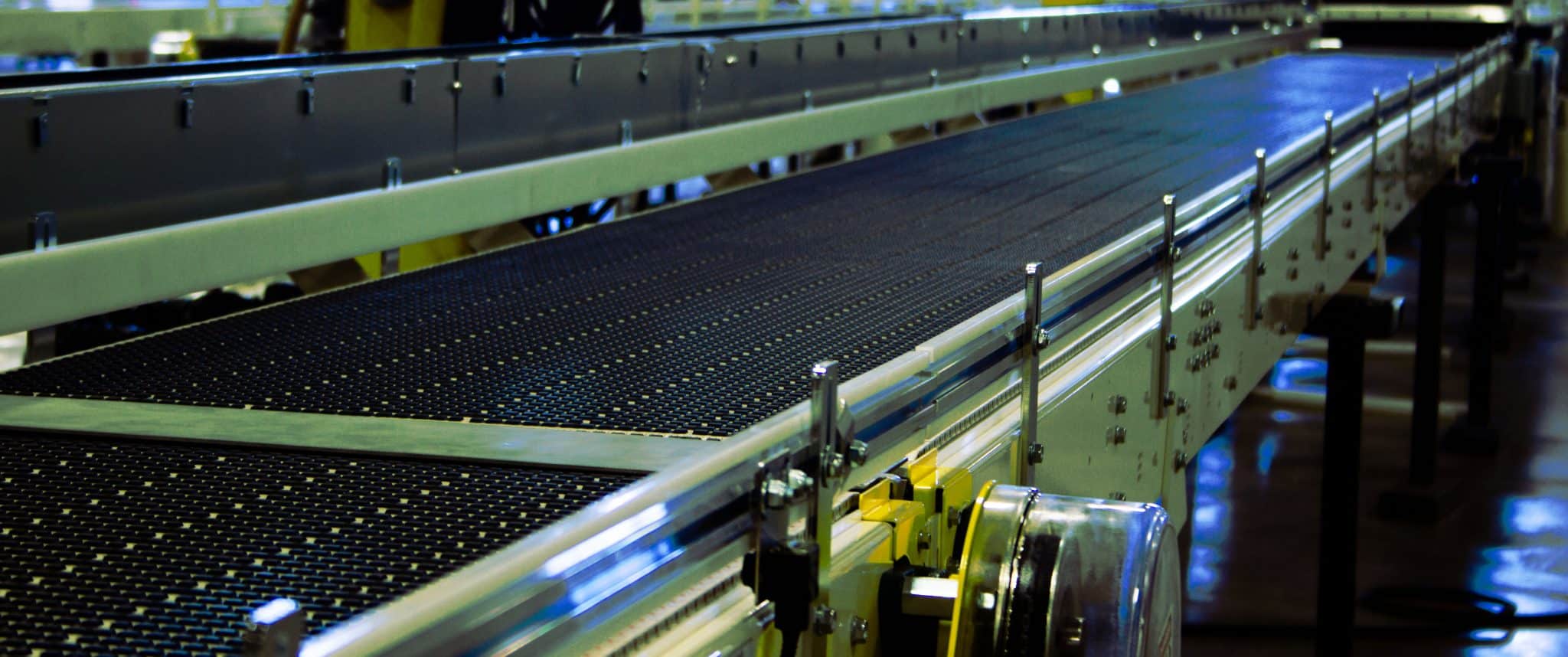Hitachi VFD Drives
Hitachi VFD drives can be utilized for a wide range of industrial applications. Hitachi VFD drives are equipped with several advanced features, and deliver unprecedented
performance, reliability, and flexibility. Hitachi VFD drives are a result of a high degree of commonality between each model and the user-friendly configuration software, making them easy to install, program, and maintain. Hitachi VFD drives are manufactured to provide an economical solution for industry’s most challenging applications.
NES1 Hitachi VFD Drives
NES1 Hitachi VFD drives are simple to use for speed control solutions are are available in the popular horsepower range of 1/2 hp through 5 hp. NES1 drives have an ultra-compact design, and are pre-configured for out of the box integration in most applications to suit the needs of both OEMs and System Integrators. NES1 drivesreduce installation space by attaching FFM, so ventilation is exhausted to the front. This allows the driveto save panel space and cost to the overall installation. NES1 drivesimproves capacitor life by attaching FFM to applicable model. The expected life of the aluminum electrolytic capacitors is approximately doubled, adding longevity to NES1 VFD drives.
NES1 drives are designed for many applications, such as:
Air conditioning systems
Fans and blowers
Clean rooms
Pumps
Water and waste water pump systems
Tank-less water supply and drainage systems
Food Processing Machines
Slicers
Mixers
Confectionery machines
Fruit Sorters
Machine Retrofits for all industries
SJ700D Hitachi VFD Drives
SJ700D Hitachi VFD drives outperform on performance, capabilities and functions of its predecessor, the Hitachi SJ700B series. SJ700D drives come with improved sensorless vector (SLV) control algorithm, which allows the SJ700D to develop 150% torque at 0.5 Hz, an ideal for a wide range of applications. Another key upgrade in the SJ700D is the addition of Hitachi’s EzSQ (Easy Sequence) built-in programming function, which provides the functionality of a PLC built into the inverter. SJ700D drives offer built in programming functions. Sequence operations are used by downloading programs created with Hitachi’s EzSQ software and then transferred to the Hitachi drives. Operation of SJ700D drives can be tailored to meet changing process requirements and SJ700D drives can replace separate PLC’s in some cases to simplify or eliminate externalhardware, which reduces cost and increases performance. SJ700D drives through 150 kW have a built-in EMC filter to reduce electromagnetic noise, cost and space. SJ700D drives have a lifetime warning function to allow preventive maintenance before a failure occurs.
WJ200 Hitachi VFD Drives
WJ200 Hitachi VFD drives are designed for excellent performance and user friendliness. The WJ200 drives are available in power ranges from 100-200 VAC and single phaseinput to three phase output. The WJ200 series has an integrated auto-tuning function for easy sensorless vector control. Sensorless vector control allows for high starting torque of 200% or greater and is suitable for a variety of applications. Simplified auto-tuning procedure for WJ200 drives allow for ease of setup and operation via standard integral keypad, optional enhanced keypad or via PC software. There’s also a built-in dynamic braking transistor in all WJ200 drives. WJ200 Hitachi VFD drives are capable of driving permanent magnet as well as standard induction motors. WJ200 drives are seen in a wide range of industrial manufacturing applications.
To learn more about Hitachi VFD drives, please visit the Hitachi Website. For Hitachi VFD repair and VFD replacement quotes, contact Precision Electric.










